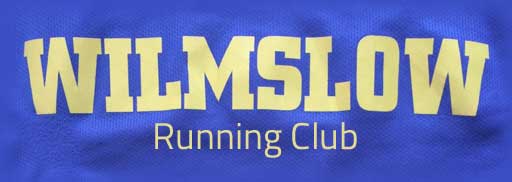One fairly simple test you can do at home to check your level of core fitness is the Core Strength and Stability Test.
- Get into the plank position and hold for 60 seconds. Then lift your right arm off the ground and hold for 15 seconds.
- Return to the original position then repeat with your left arm.
- From the original position, lift your right leg and hold for 15 seconds. Repeat with your left leg. Then lift your right arm and left leg together, hold for 15 seconds and then repeat with opposing limbs.
- Finally return to the original plank position and hold for 30 seconds.
If you are unable to complete the whole test, you should practice it a few times a week to see progress. And perhaps look up the core strength and stretch exercise we have published recently on our website. Anyone willing to own up failing this test? 🙂 leave a comment below Otherwise better start these:
Jan Exercise
Mar Exercise
Apr Exercise
Why Core?
Many people consider their core only as their abdominal muscles, however it is actually a collection of muscles, which make up your torso and work together to keep your body stable. It is estimated there are close to 30 muscles that constitute the core including muscles of your back, thighs, hips and abdomen. There are two types of muscles your core is split up into: stabilisers (which support the spine) and movers (which support the stabilisers and aid with movement.) A strong core will also support the potential to build strength in other muscle groups and can increase the power and movement in your arms and legs.
Core training has many benefits from a sporting perspective and it can also help you carry out everyday movements easily and more efficiently. A good level of core fitness will allow you to complete functional movements and can also reduce lower back pain and injuries. Your balance and agility will also improve through training. The ability to lift weights correctly requires a good core, as this is where power comes from. Training this area of fitness will improve your overall athletic performance as you will be able to apply more power through other muscle movements with a strong core. Your posture will also benefit from a good core and therefore your breathing technique will improve as a result of this.
Simple things you can do: seated leg lifts, standing bicycle crunches, planks and bird dogs. Complete up to 10 reps of each movement, holding the positions for 30-60 seconds with a 30-45 seconds rest in between. The length of time can increase as you progress with your core training. Remember that building a strong core is the first step towards completing more advanced strength
By developing core muscle strength, your overall performance will improve. Another important benefit for runners is that injury risk can be reduced through conditioning your core. It is well worth introducing core training into your routine, by helping to prevent injury it allows you to complete longer more effective running workouts. Your form can also potentially be maintained for longer during a training session or race. Strong core muscles can improve your endurance capabilities, help you to generate more power and also assists your muscles during the increased pressure they face on inclines.



